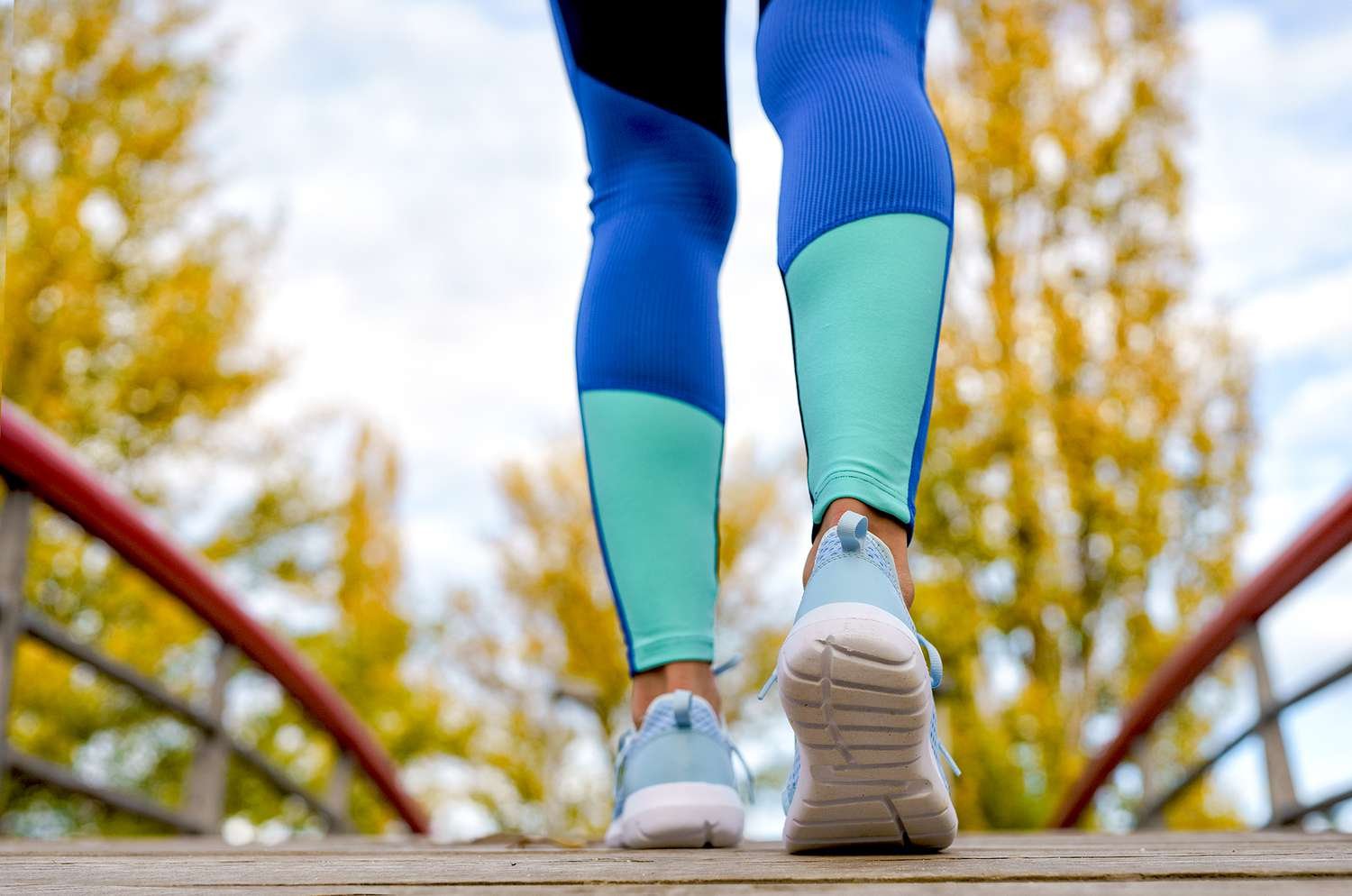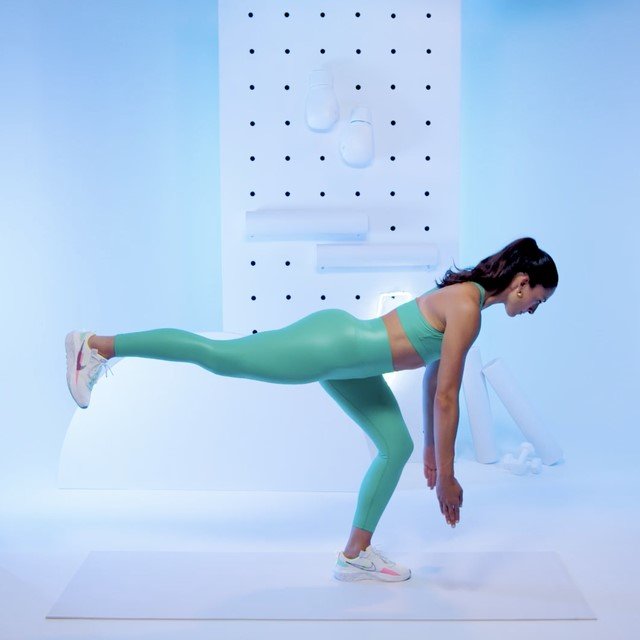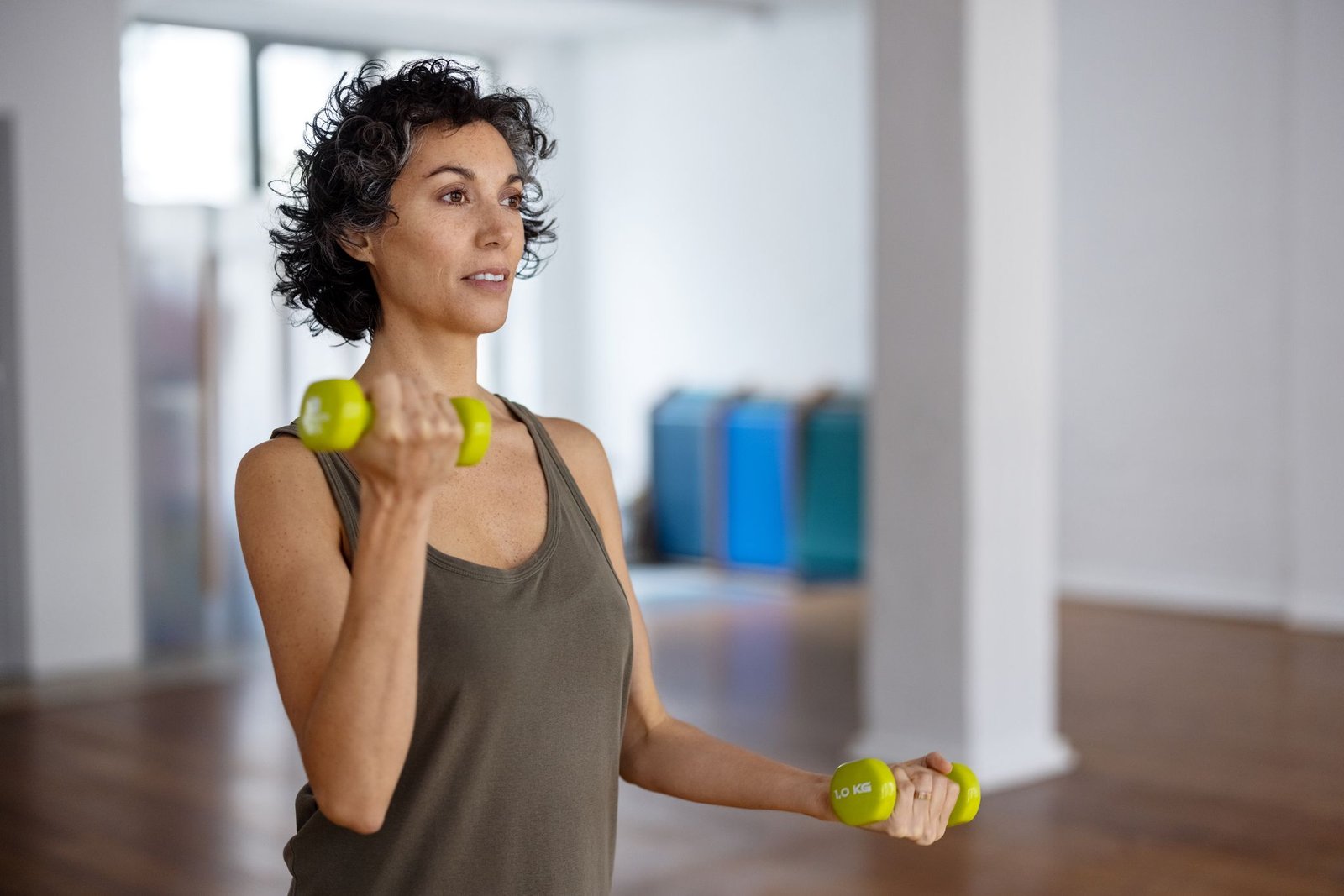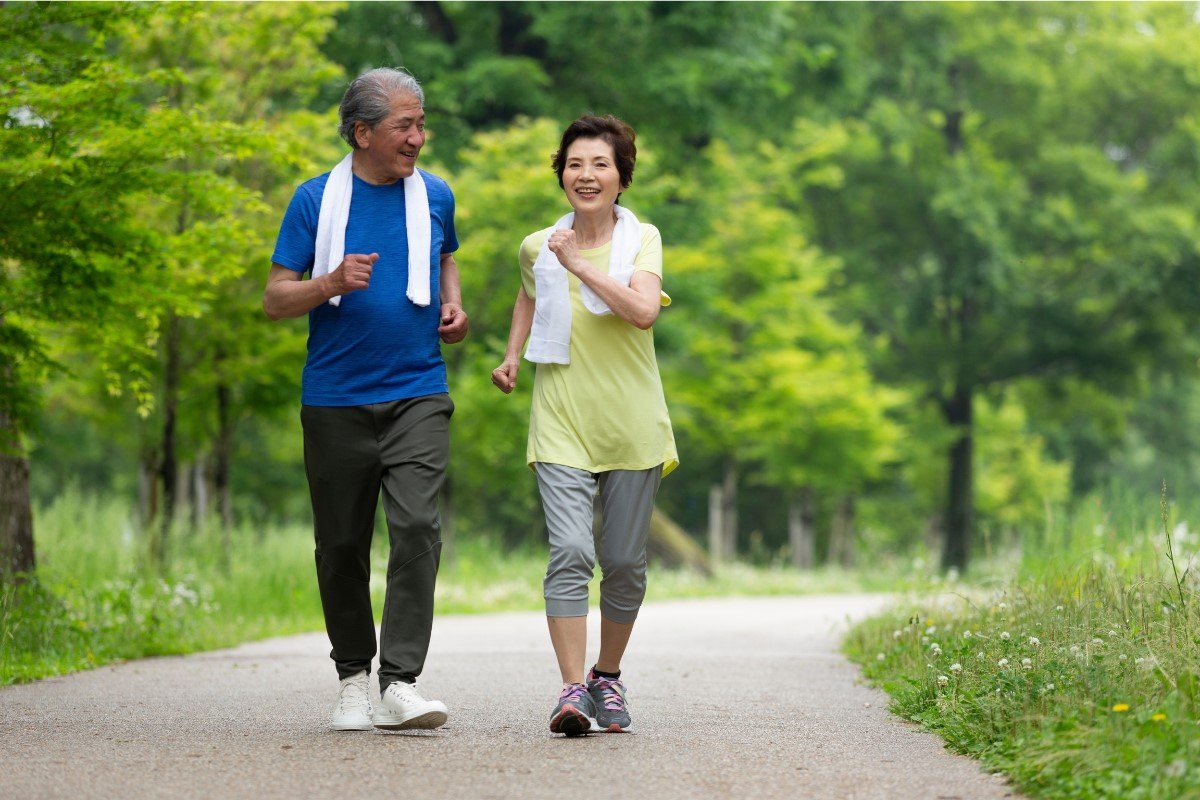Here are 8 ways you can live longer as humans grow older, mobility often declines, limiting independence and quality of life. However, research shows that maintaining or improving mobility in older age pays huge dividends in terms of health, longevity, and continued independence. This article explores eight straightforward, evidence-based ways older adults can boost mobility.
1) Walk More Daily
Simply walking more each day can significantly improve mobility in seniors. Walking engages muscles, joints, the cardiovascular system, and more. Just 10-15 minutes per day shows benefits, but longer walks give bigger gains. Research reveals walking helps seniors build strength to climb stairs more easily while improving balance and coordination.

“Walking is one of the easiest yet most effective ways to improve mobility as we age,” said physiotherapist Rahul Sinha. “Make it social by walking with others. Explore nature trails if possible for added mental health benefits,” he suggested.
2) Do Balance Exercises
Balance and coordination diminishes with age, raising risks of falls and mobility loss. However, research shows balance-focused exercise regimes significantly improve steadiness in older adults. Simple daily balance training like tandem stands, single leg balances, and bodyweight squats reap major stability rewards. 
Yoga offers excellent balance work via controlled poses. “Even older individuals or those with conditions like Parkinson’s Disease can gain balance through tailored yoga programmes,” affirm researchers. Pilates and tai chi also build balance effectively.
3) Lift Light Weights
Can strength training forestall age-related mobility decline? Science says yes. Studies confirm light strength exercise preserves mobility better than inactive peers. Lifting as little as 10 lbs daily maintains arm strength critical in daily functioning among the elderly.

“Seniors should work major muscle groups with resistance bands, dumbbells or household items,” suggests physiologist Dr. Kamal Singh. “Always train under guidance to prevent injury,” he reminds older individuals beginning regimes. Two or three weekly strength sessions aids mobility.
4) Practice Good Posture
Slumped postures become common as age advances but further hamper mobility. Research reveals correcting posture significantly improves balance, walking speed and stride length compared to hunched seniors. Good posture also prevents back, neck and joint pain which may limit activity. 
Experts suggest consciously straightening up and rolling shoulders back while sitting or standing taller. “Make posture awareness lifelong – but especially in mature years – to reap mobility gains,” said physiotherapist Geeta Sinha. Yoga also ingrains good posture habits.
5) Stay Active Overall
Overall daily movement pays obvious mobility dividends as people grow older. Sedentary seniors experience faster functional declines versus active counterparts, studies show. But what constitutes enough activity? 
Experts say most older adults should aim for 150 minutes per week of moderate physical activity even if mobility is already hampered. This prevents further deterioration. Walking, swimming, dancing and gardening all count!
6) Stick To Healthy Diet
Eating well assists mobility too, particularly for seniors. Research confirms older adults getting adequate protein plus vitamins C, D, E – abundant in fruits, vegetables, nuts and seeds – walk faster with improved leg strength versus nutrient-deficient peers. 
These vitamins also reduce inflammation, letting older individuals stay active.
7) Try Swimming or Aquatic Exercise
The freeing effects of water buoyancy allows even mobility-challenged seniors to move freely while strengthening whole-body muscles and joints during swimming or aquatic classes tailored to older adults. 
Research confirms water exercise improves core stability, posture, cardiovascular fitness while easing strains of arthritis, back pain etc. Boosting mobility with near weightlessness!
8) Consider Assistive Devices

Canes, walkers, railings and other supporting devices prevent falls while enabling mobility for injured or disabled elderly. However, experts warn relying solely on assistive devices hastens muscle atrophy and weakness long-term. Balancing device use with other mobility exercises prevents functional decline. “Even occasional walking without aids preserves strength,” reminds physiotherapist Suresh Menon.
Read how first patient was declared cancer free in India using CAR-T Therapy.












Comments 2